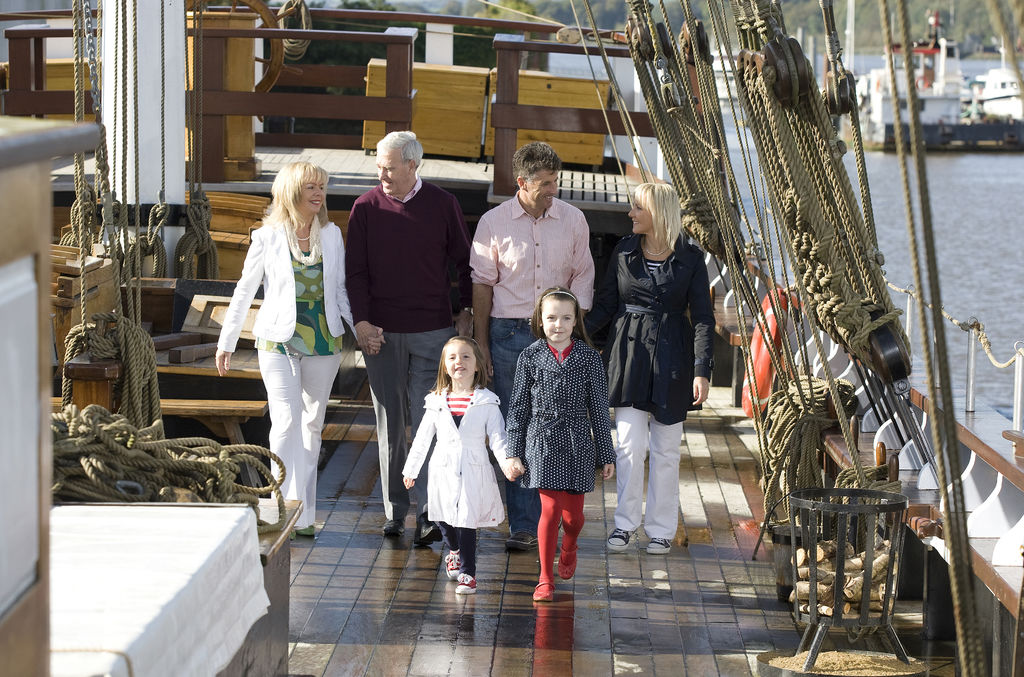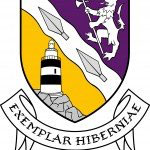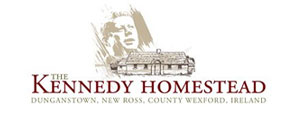
FAQs
Dunbrody Famine Ship Living Museum
The Dunbrody Famine Ship is moored on the quayside in the town of New Ross, County Wexford. Alongside the ship is the Dunbrody Visitor Centre, which houses the Savannah Landing Point Exhibition, the Irish America Hall of Fame and the Captain’s Table Restaurant.
The Dunbrody only closes on Christmas day and St. Stephens Day. We are open seven days a week, with tours running daily every hour.
The Dunbrody is a replica emigrant ship which is permanently moored on the River Barrow. We offer visitors a fully guided tour where they experience the sights, smells and sounds of a Tall ship crossing the Atlantic Ocean.
The Dunbrody Famine Ship Experience takes approx. 1 hour as follows:
The tour begins with a short audio visual presentation after which your guide will escort you aboard the Ship. You proceed along the deck of the ship and then to the lower decks where you will see the living conditions and hear stories from fellow passengers.
You will have the opportunity to take photos at the end of the ship tour. You then leave the ship into the Savannah Landing Point exhibition to see what awaited emigrants in America and the success stories of Irish emigrants in the Irish America Hall of Fame.
Tours of the ship run regardless of weather — do pack a raincoat!
Yes; there is a lift onboard the ship which will allow passengers to view the lower decks. There is also a lift in the Visitor Centre allowing all visitors to access the Captain’s Table Restaurant.
There are plenty of carparks, both on the quayside at the Dunbrody Visitor Centre and on the side adjacent to the waterfront. They are all run by New Ross Town Council and operate on a Pay and Display basis.
Yes, absolutely! Kids love the fact that they are boarding a Ship, they love to ring the bell and spin the ships wheel. The interaction with our costumed actors is always a firm favourite and brings history to life in an entertaining manner. We offer family ticket rates and under-fours are free of charge.
Yes; we are a pet friendly attraction and dogs are permitted on the ship once on a lead.
Tickets for the tour can be pre-booked through our website. We advise you to do so to avoid long wait times or disappointment, particularly during the summer season.
Yes, the Captain’s Table Restaurant is located on the first floor of the Visitor Centre giving magnificent views up and down the River Barrow. We offer an extensive menu serving breakfast, lunches and dinners from 9:00am to 5:00pm daily. We serve top quality food sourced from local award winning suppliers.
The Original Dunbrody Famine Ship
The original sailing ship Dunbrody was built in 1845 in Quebec, Canada. She was commissioned, along with seven sister ships, by William Graves & Son of New Ross and built by expert shipwright Thomas Hamilton Oliver, an Irish emigrant from Co. Derry.
Quebec, Canada
In 1875 she ran aground in Labrador, Canada and was abandoned to rot.
Between 160 – 300. On one trip she had 313 passengers, twice her capacity.
First Class tickets in a cabin cost between £5-£8 Steerage tickets cost between £3-£4.
Cholera, typhus, small pox, dysentery and others.
The size of the berths 6X6 for four people were likened to a coffin, and the worst of the famine ships had 30-50% mortality rate.
The Dunbrody is known for its very low casualty rate and compassionate captains. She did not have the terrible reputation of the notorious coffin ships with despicable conditions and malevolent crew.
Tiny rations were served alongside what the emigrants could bring with them. Water was rationed and if supply was low very little was offered; on the worst of the coffin ships, no water or food rations were given.
Forty days to three months depending on weather.
Most coffin ships were originally lumber ships re-outfitted with bunks to carry up to 300 people. Some of the already overcrowded ships carried over twice their capacity making conditions very dangerous.
Potato Famine Facts and FAQ’s
The Famine officially ended in 1849, but people continued to die as a direct result of famine up to 1851 and later.
A fungus like organism arrived on a ship from the Americas and infected the potato crops in Ireland. The blight completely ruined the potato crops which were the main source of nutrition for poor landless tenants.
About One Million.
Starvation and malnutrition led to disease and death.
Poor landless tenants were the only ones who starved — not the aristocracy or strong farmers. At the time, Ireland was part of Britain and the government and many landlords had little or no compassion for the starving people.
Many landlords cut their losses by sending tenants to workhouses which had horrendous conditions and where families were split up; by doing nothing at all; or by sending them to North America.
The worst year was 1847, it was called “Black ’47”.
Some help came from as far away as the Ottoman Empire, the United States, Venezuela, South Africa, Mexico, Russia, Italy and some religious and charity organisations.
By 1852 the potato crop had slowly begun to recover in most of Ireland. By then, a quarter of the Irish population had died or emigrated.












